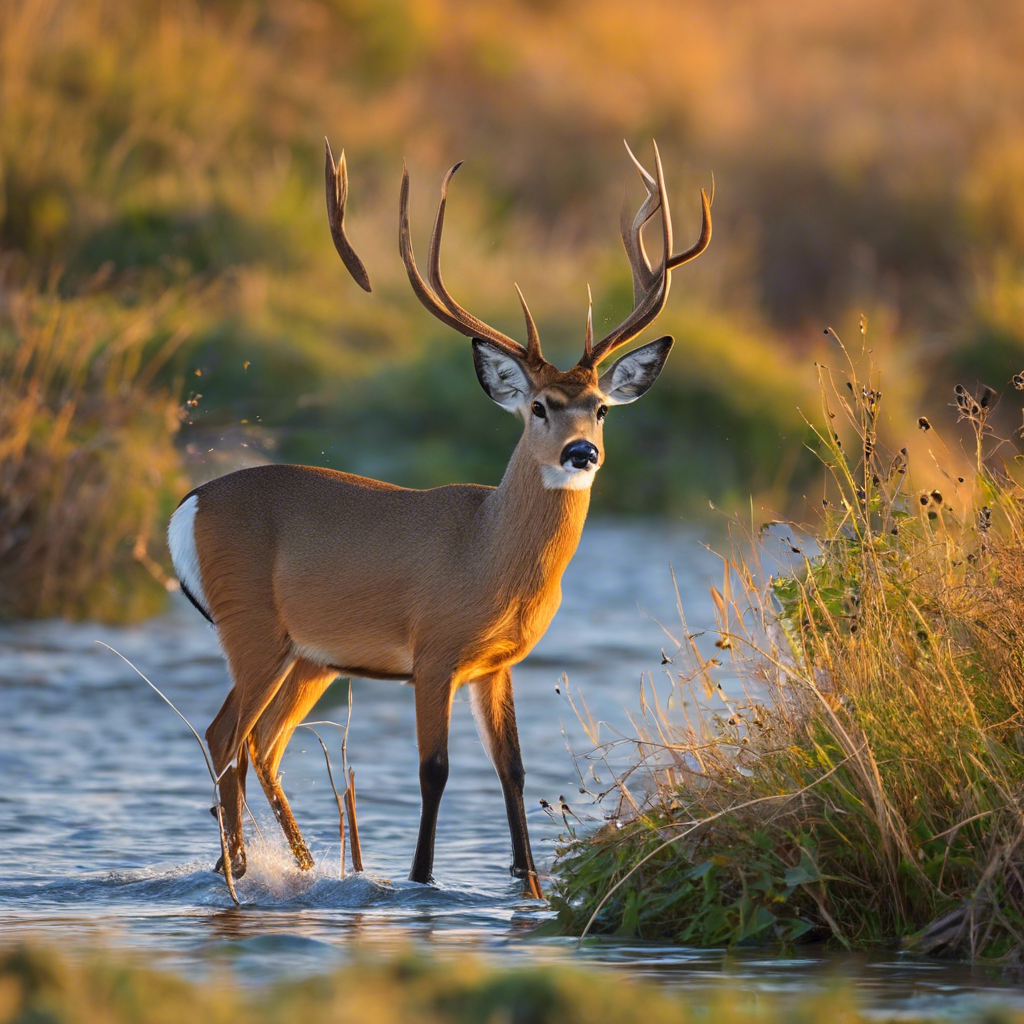Nature and Wildlife Photography: Ultimate Guide

Welcome to the captivating world of nature and wildlife photography, a realm where artistry meets the raw beauty of the natural world. This comprehensive guide will take you on a journey through the techniques, tips, and secrets to capturing stunning images that showcase the splendor of our planet’s flora, fauna, and landscapes. Whether you’re a seasoned photographer or a budding enthusiast, this guide aims to inspire and enhance your skills in this captivating genre.
The Essence of Nature and Wildlife Photography:
Nature and wildlife photography is more than just pointing and shooting; it’s about capturing the essence of the natural world in a single frame. It requires patience, a keen eye for detail, and an appreciation for the beauty that surrounds us. This genre of photography allows us to connect with nature on a deeper level, preserving moments of wildlife behavior, the intricate patterns of flora, and the breathtaking grandeur of landscapes. It is a powerful medium to raise awareness and inspire conservation efforts, as well as a way to express our love for the environment.
Getting Started: Essential Gear and Preparation:
Embarking on your nature and wildlife photography journey starts with the right equipment and preparation. A good DSLR or mirrorless camera with a range of lenses is essential. Telephoto lenses are ideal for wildlife photography, allowing you to capture distant subjects without disturbing them. Wide-angle lenses, on the other hand, are perfect for capturing expansive landscapes and intricate details of plants and smaller creatures. Consider investing in a sturdy tripod to minimize camera shake and ensure sharp images, especially in low-light conditions.
Research and planning are key to successful nature and wildlife photography. Study the behavior and habitats of the species you wish to photograph, learn about the best seasons and locations for landscape shots, and understand the lighting conditions you’ll encounter. Join online forums, follow wildlife and nature photography communities, and seek advice from experienced photographers. This preparation will significantly increase your chances of capturing memorable images.
Composition Techniques:
Composition is a critical aspect of captivating nature and wildlife photography. The rule of thirds is a fundamental guideline, where you divide the frame into a 3×3 grid and place your subject on the intersection points. This creates a visually pleasing and balanced image. Leading lines, such as a river or tree branches, can guide the viewer’s eye through the photo, adding depth and interest.
When photographing wildlife, consider framing your subject creatively. Use natural elements like branches, leaves, or rock formations to frame your subject, drawing attention to the main point of interest. Experiment with different perspectives by getting down to the subject’s level or shooting from a unique angle to create a sense of intimacy and connection with the viewer.
Mastering Lighting:
Light is the essence of photography, and understanding how to work with natural light is crucial in nature and wildlife photography. The golden hours, just after sunrise and before sunset, provide warm, soft light that enhances colors and textures. Backlighting, where you position the sun behind your subject, can create stunning silhouettes and rim lighting effects.
When shooting in challenging lighting conditions, such as overcast days or in dense forests, you can use reflectors to bounce light onto your subject, filling in shadows and adding a touch of warmth. For low-light situations, a tripod and a high ISO setting will help you capture sharp images while maintaining the integrity of the scene.
Post-Processing and Editing:
Post-processing is an essential part of the photography workflow, allowing you to enhance and fine-tune your images. Adobe Lightroom and Photoshop are popular software choices for editing, offering a wide range of tools to adjust exposure, contrast, colors, and sharpness. Learn the basics of editing to improve your images, but be mindful not to over-process, as the goal is to maintain the natural beauty and authenticity of the scene.
Ethics and Respect for Nature:
As nature and wildlife photographers, we have a responsibility to respect the environment and the creatures we photograph. Always prioritize the well-being of wildlife and their habitats. Maintain a safe distance and avoid disturbing animals, especially during breeding or nesting seasons. When photographing landscapes, leave no trace by not disturbing natural habitats and always cleaning up after yourself. Remember, the goal is to capture the beauty of nature without causing harm.
Final Thoughts:
Nature and wildlife photography is a rewarding pursuit that offers endless opportunities for creativity and personal growth. It allows us to witness and preserve the wonders of our planet, inspiring others to appreciate and protect the natural world. Embrace the challenges and joys of this genre, and always strive to improve your skills. With dedication and respect for the environment, you’ll capture images that will not only impress but also leave a lasting impression on viewers. Happy shooting!



